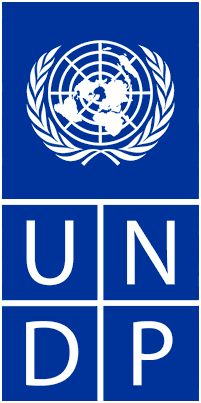Community / Land projects / Managing Peatlands in Mongolia and Enhancing the Resilience of Pastoral Ecosystems and Livelihoods of Nomadic
Managing Peatlands in Mongolia and Enhancing the Resilience of Pastoral Ecosystems and Livelihoods of Nomadic

€3278080.077
01/23 - 01/23
Completed
This project is part of
Implementing Organisations
Donors
Data Providers
Objectives
To develop the capacity for enhancing ecosystem services of peatlands (specifically reduction of GHG emissions from degraded peatlands) in Mongolia and the capacity of indigenous reindeer herders to reduce land degradation and improve the provision of ecosystem services and increase community resilience.
Other
Note: Disbursement data provided is cumulative and covers disbursement made by the project Agency.
Target Groups
The following section is a reproduction of the ProDoc Section on benefits (ProDoc pp. 62) This Project will support Mongolia’s LDN target of ‘Promoting sustainable grassland management and halting further grassland degradation’ and ‘Ensuring no net loss of wetlands by 2030 compared to 2015’ by putting 20,000 ha of landscapes under improved practices. The Project will reduce 30,000 t of CO2e per annum with sustainable peatland management interventions. Demonstration of successful introduction of peatlands related land use change in the NDCs of Mongolia will be a positive example for other countries and will encourage countries to include peatlands in their NDCs. The project implementation will have a significant positive impact on Mongolian part of the watershed of Lake Baikal. The sources of the main tributaries of the Lake Baikal, Orkhon and Selenga, are part of the project area. Safeguarding these sources will contribute to alleviating the current problems of the decline of the water level of Lake Baikal, the world´s largest freshwater resource. The project will develop and apply existing methods of ecosystem restoration and test them in pilots to inspire local, national and international stakeholders. Restoration of peatlands in arid and semiarid biomes, as well as restoration of permafrost is a significant challenge. By demonstration of pilots, the Project will help in meeting the targets of the UN decade of ecosystem restoration (2021-2030). Furthermore, the project will directly contribute to increasing the capacity of disadvantaged nomadic herder communities to engage in and benefit from sustainable land management efforts and adapt to environmental and human-induced changes to the rangeland habitats they depend upon. The tools and partnerships developed through the project will increase their knowledge and understanding of policy and national decision-making processes that affect the habitats they depend upon, and their livelihoods. With these capacities, herder communities will be in a better position to advocate for their sustainable model of land use in sensitive tundra and taiga landscapes and mitigate pressures to convert land to more degrading uses. Nomadic herders will enhance their resilience to changing social, environmental and climatic conditions at the global scale. An additional expected benefit of the project is community empowerment, enabling nomadic herders’ community members to participate more fully as equal partners in information sharing, education and training, technology transfer, organizational development, and policy development, thereby gaining more access to commercial, social and political opportunities. The project will also facilitate interaction between state, local authorities, industry and nomadic herders, assisting in creating dialogue, building confidence and sharing information. Further the project will: · Enhance capacity of countries to implement MEAs (multilateral environmental agreements); · provide ways and means for reducing and mitigating the effects of anthropogenic transformation, land fragmentation and degradation; · provide global support for achieving UNESCO World Heritage status for reindeer husbandry; · preserve and develop reindeer husbandry and its cultural base in the circumpolar north; and · increase the competence of the next generation concerning the central importance of indigenous pastoral systems. In addition to these benefits, the contribution of the project to the GEF Core Indicators is discussed and presented earlier.




